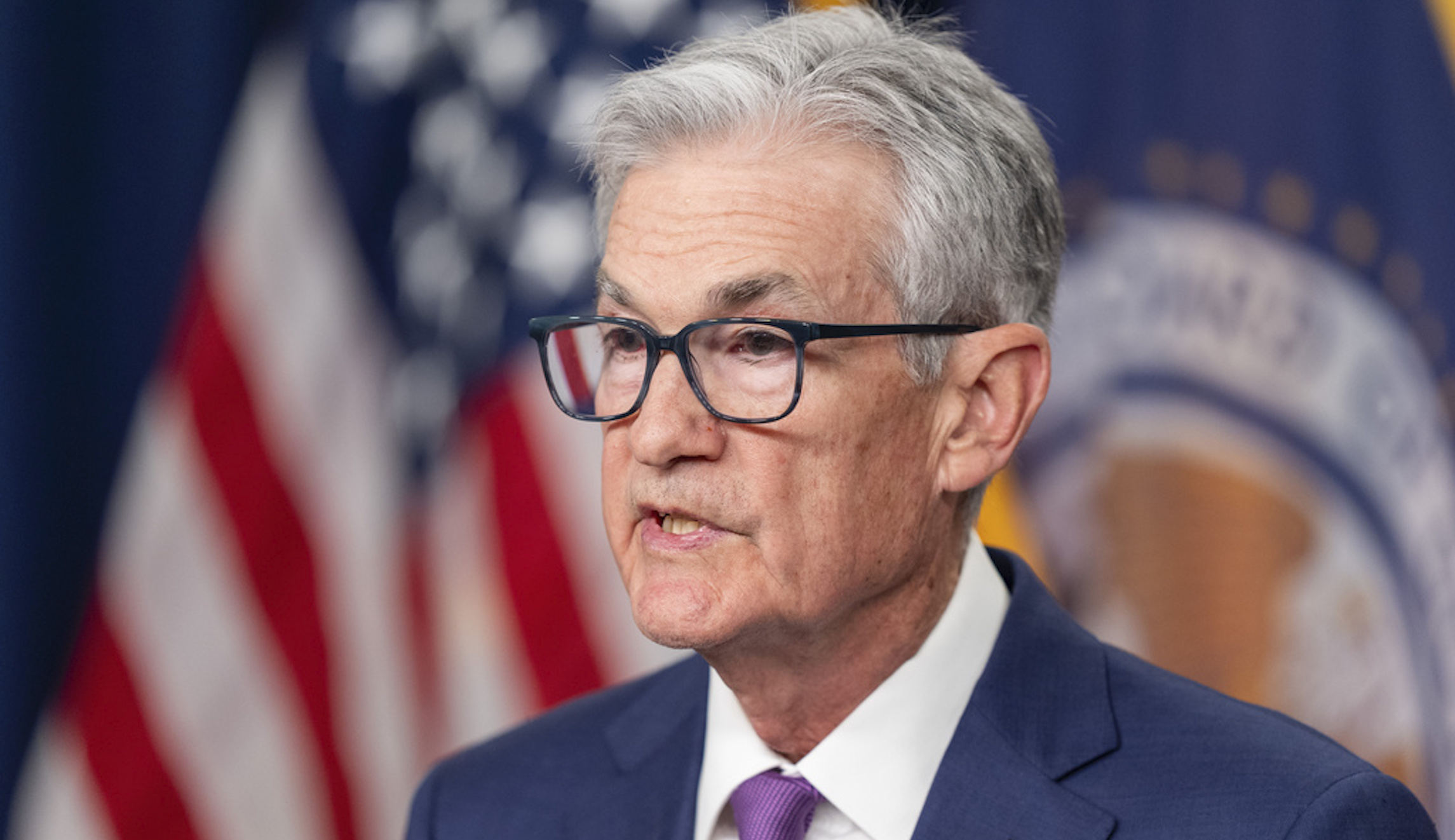


The Federal Reserve held its interest rate target steady, in line with expectations that the timing of rate cuts has been pushed back by stubborn inflation.
After a two-day meeting of its monetary policy committee in Washington, D.C., the Federal Reserve announced that it will keep its rate target at 5.25% to 5.50%. The move was widely telegraphed.
The consensus among investors, and among the Fed, is that the central bank is done raising rates and will begin trimming them this year — the question now is when that long-awaited pivot will occur.
The Fed has held rates steady since last raising interest rates in July. The current rate target is still the highest it has been since 2006, at the outset of the global financial crisis.
The Fed’s goal is for long-run inflation to run at about 2%, a level that it considers healthy for the country’s economic growth. By raising interest rates, the Fed intends to dampen demand to lower inflation, but that 2% goal is proving more elusive than officials thought even just a few months ago.
Headline data from both the consumer price index, which is the most closely watched inflation gauge, and the producer price index, which measures the prices paid by producers, showed inflation ticked up in February.
Inflation tracked by the CPI rose to 3.2% for the year ending in February, the Bureau of Labor Statistics reported Tuesday, an unexpected development. The CPI has had trouble breaking below 3%. Notably, CPI inflation has wobbled between 3% and 3.7% since June 2023, but has not once fallen into the 2%-3% range.
The PPI, on the other hand, jumped way higher last month than economists had expected. The index rose to 1.6% on an annual basis, hotter than expected. On a monthly basis, inflation ticked up by 0.6%, double what forecasts were calling for.
Still, there is a growing sense that the Fed might be able to avoid pushing the economy into a recession, a scenario described as a “soft landing.”
In late 2022, some economic models were predicting there would be a recession last year. Instead, gross domestic product growth increased by more than expected.
The big question now is when the central bank will cut interest rates.
Around the time of the Fed’s December meeting, most investors were betting that the first rate cut would come at this week’s meeting. Since then, expectations have been quite pared back.
Meanwhile, the labor market has given the Fed a little wiggle room to keep interest rates higher for longer.
CLICK HERE TO READ MORE FROM THE WASHINGTON EXAMINER
The economy beat expectations again in February and added another 275,000 jobs, the Bureau of Labor Statistics reported last week. The unemployment rate is at 3.9%, remaining at a low level by historical standards.
In a more recent gauge, jobless claims, another measure of the labor market, fell to 209,000 last week. They have remained low despite the pressure exerted by high interest rates.
